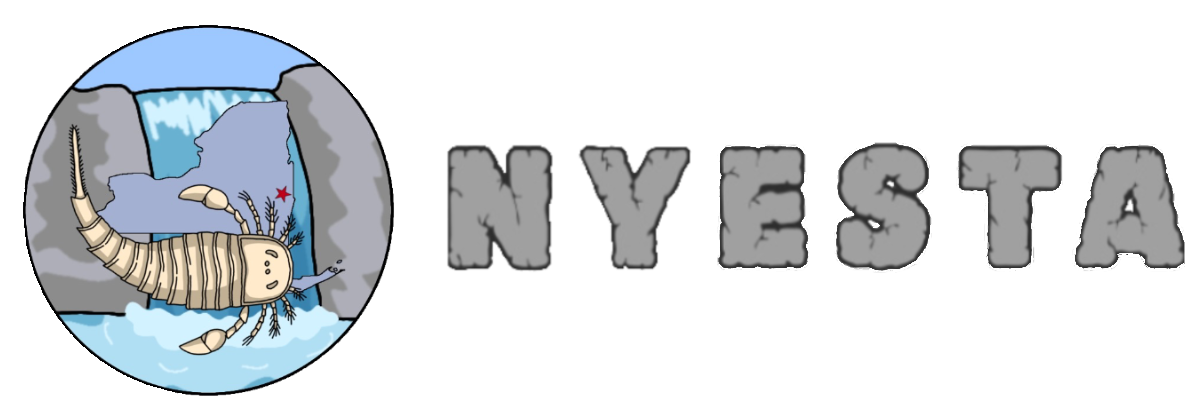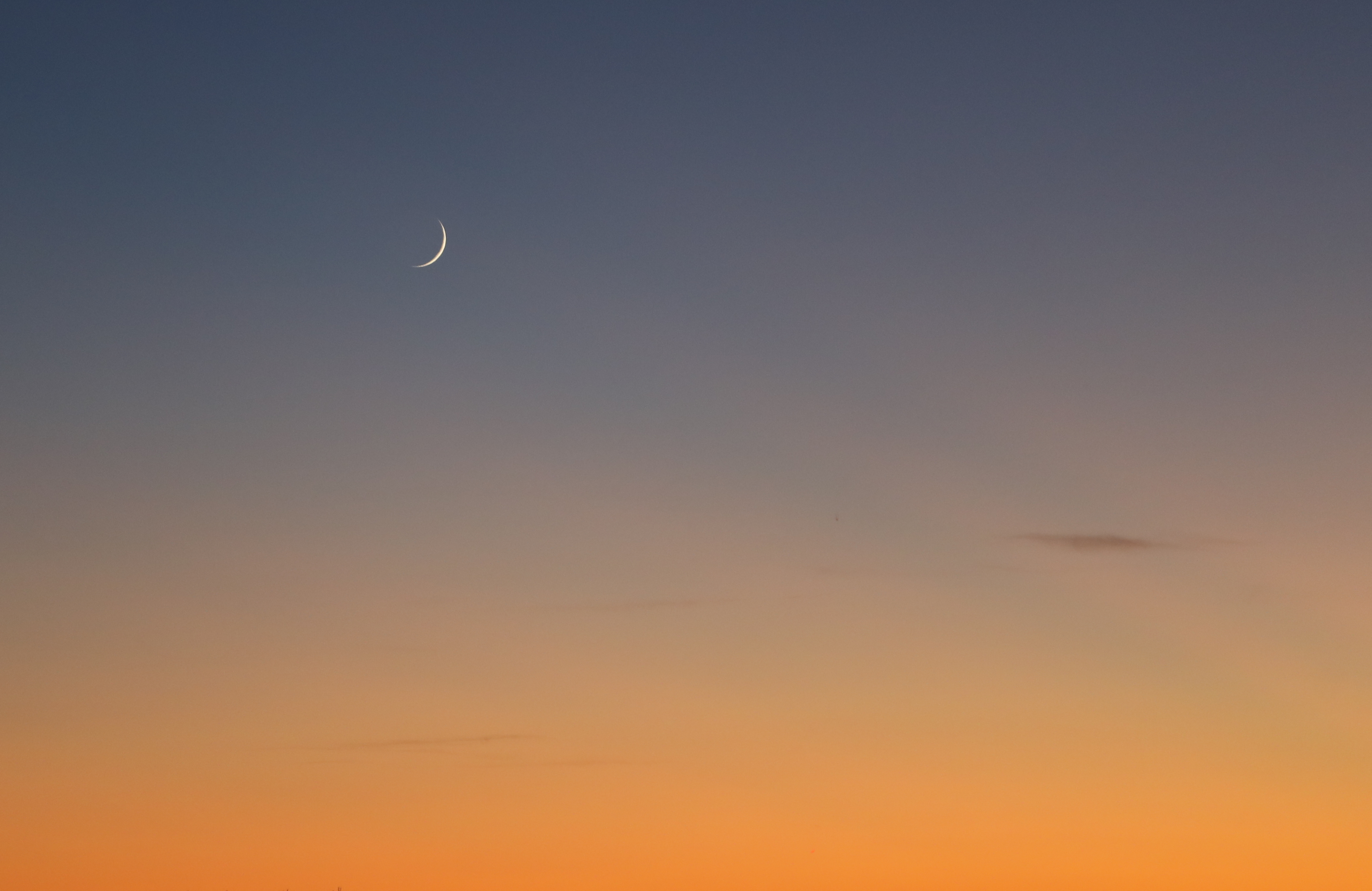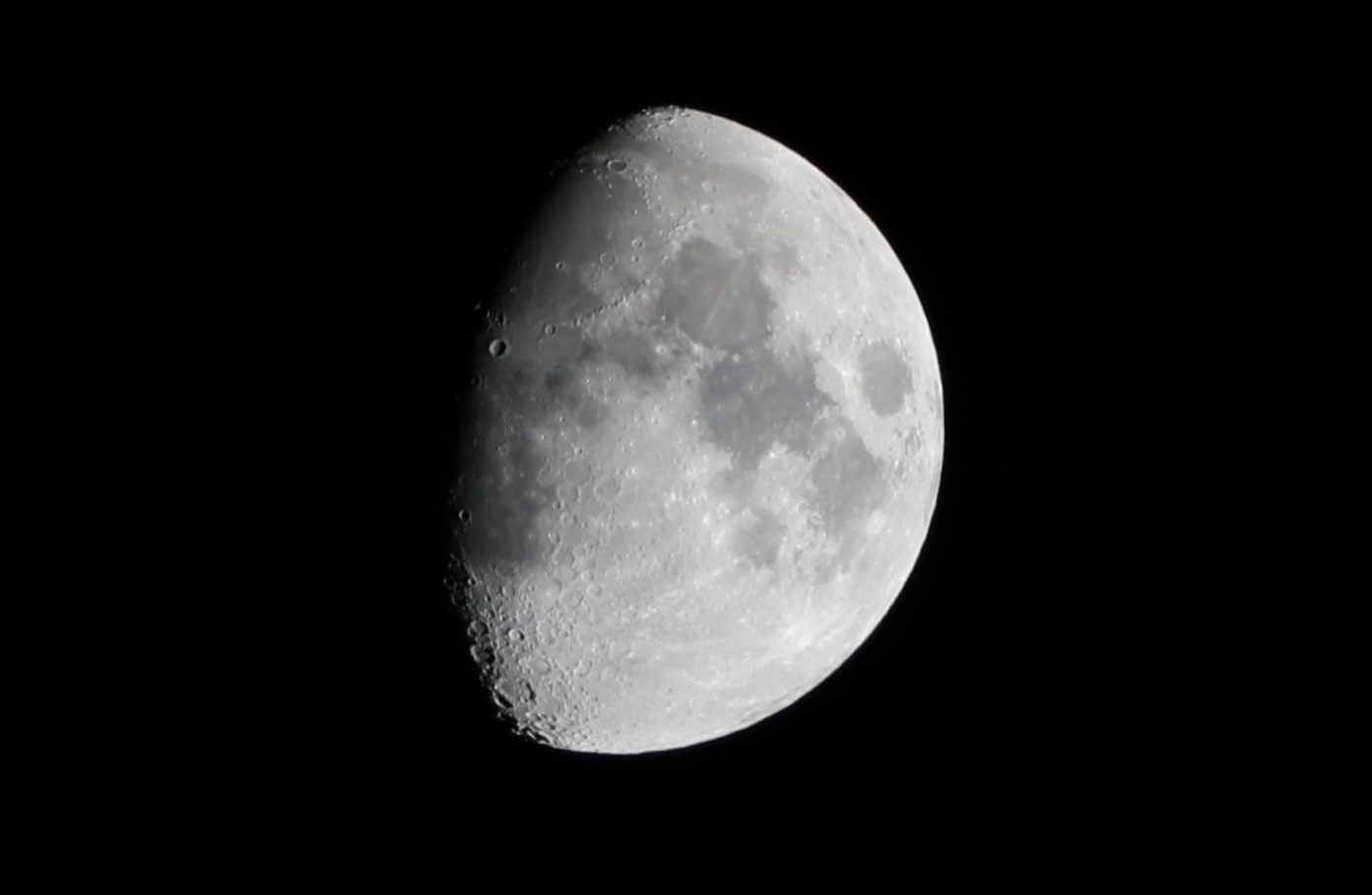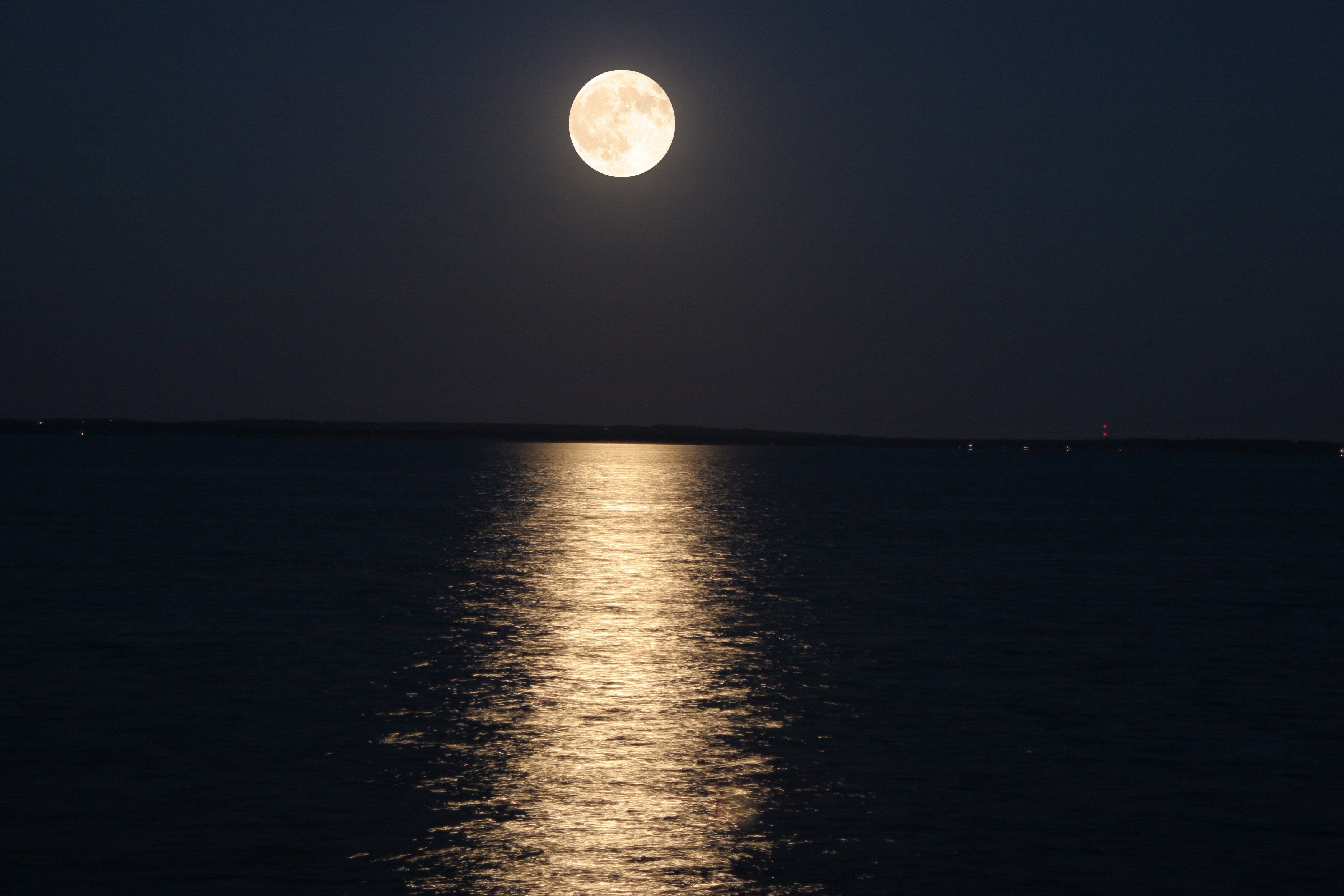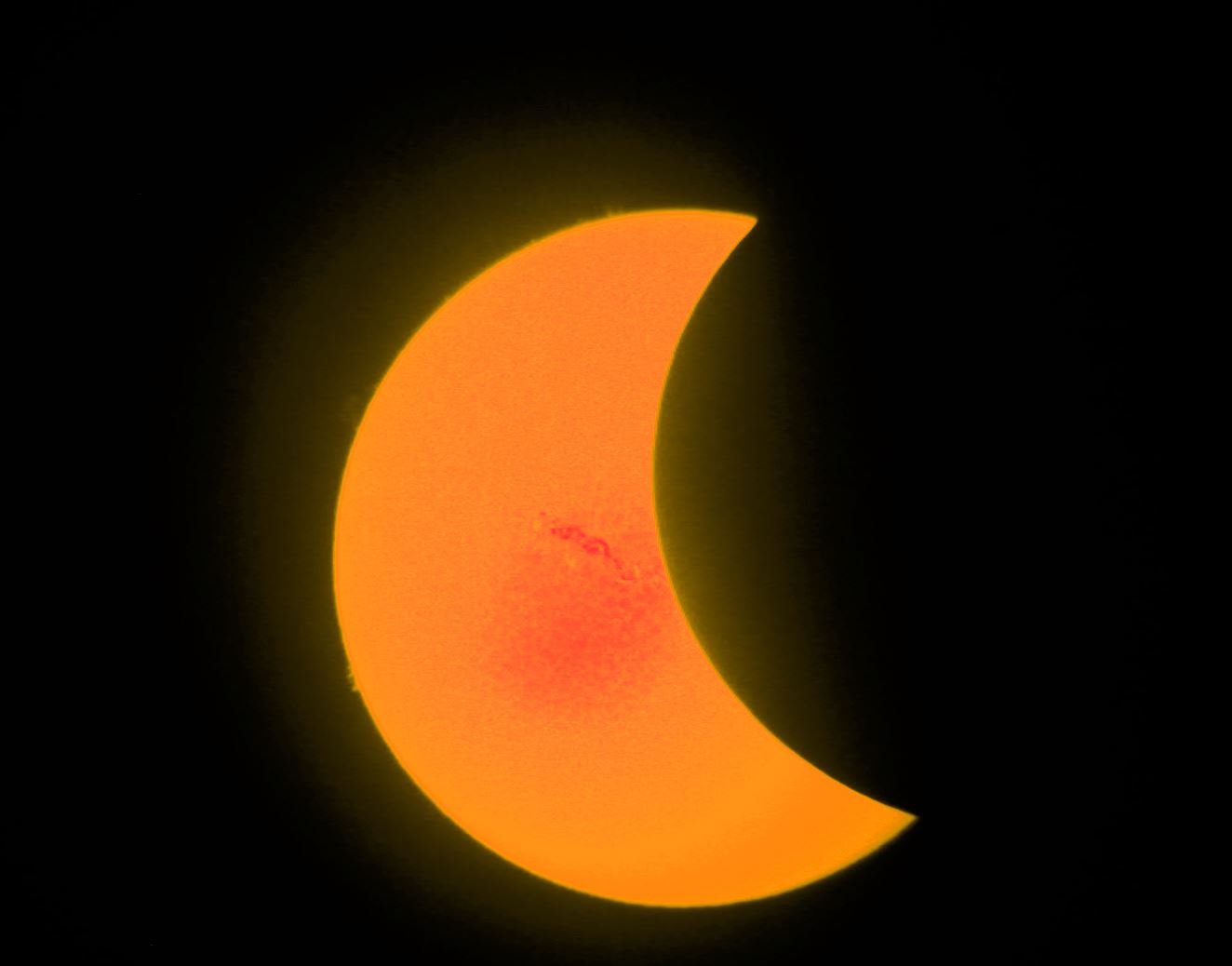Photo Credits: Joe Malave, 2024 Eclipse
Houlton, Maine




Total Solar Eclipse: April 8th, 2024 As the eclipse approaches, many of us are hoping to catch a glimpse of it. I've been taking lunar photos for quite a while, and I look forward to trying to photograph my first total solar eclipse. Please read the president's letter above and then browse the links below. I recently bought 50 eclipse glasses I will give my students before the eclipse. In my region, it will be a partial solar eclipse. I have listed many ways to view the eclipse safely, from easy to more challenging. If you are in a pinch, grab a colander! I've also included some of my photos of the moon from over the years to help get you started. Good luck and have fun! - Joe Malave The next idea is a straightforward way to take a fantastic photo with a DSLR camera. My friend used to build one and took amazing comet photos. I didn't believe it would work, and I used an expensive mount as we took pictures together, but his images were excellent. Constructing a Barn Door Tracker The next set of links is as complete a list of eclipse information as I could find. Enjoy! Teaching the Basics of Eclipses Crazy and Simple Ways to View the Eclipse! Detailed United States 2024 Total Solar Eclipse Map Great American Eclipse Website For the advanced astronomer or technically savvy earth science educators - How to Photograph a Solar Eclipse If you would like to try to photograph the eclipse, get out early and test your equipment to work out the details. The following is from a couple of test I ran.
Test 1 The photo above was from a focus and scale practice session on a faint waxing crescent. I used a 120 mm Canon Lens on a Canon 5D DSLR. The moon image diameter is too small, but the focus is sharp. Test 2 Try a longer focal length lens to increase the image size of the moon. I also tested the app Shutter, which I will use during the eclipse. I switched to a 480 mm lens—a small refractor. The image below demonstrates that the focal length, focusing techniques through the app Shutter, and the camera are suitable for photographing the total solar eclipse.
The final setup I will use to photograph the eclipse will be: a Canon 5D DSLR mark IV (which I bought used), a Sky-Watcher HEQ5 German-Equatorial Mount, a Teleview Pronto 70mm x 480 mm ED refractor (bought used), the app Shutter (which allows me to use my cell phone to control the camera functions), and I will likely bracket the exposures. An exposure guide is in the link on How to Photograph a Solar Eclipse above. Good Luck and Have fun!
My favorite lunar photo. I took this photo of the Harvest Moon, which included a beautiful moonbeam. This photo was taken on the North Fork of Long Island, looking southeast over the Great Peconic Bay. The South Fork and Robins Island are in the background. Photo by Joe Malave As most of NY will be in a partial solar eclipse, this is a picture of a partial eclipse I took in 2017. However, the partiality will be minimal this time, with southern NYS even at 90%.
This partial eclipse photo was taken using a small solar refractor and a cell phone camera. The red area near the moon was a solar flare, and a rather large one! I'm certain good results can come from simple setups. Remember safety, it is safe to look at the eclipse in totality. However, when it is a partial eclipse, use eye protection. Have fun, and enjoy the eclipse! |
|
